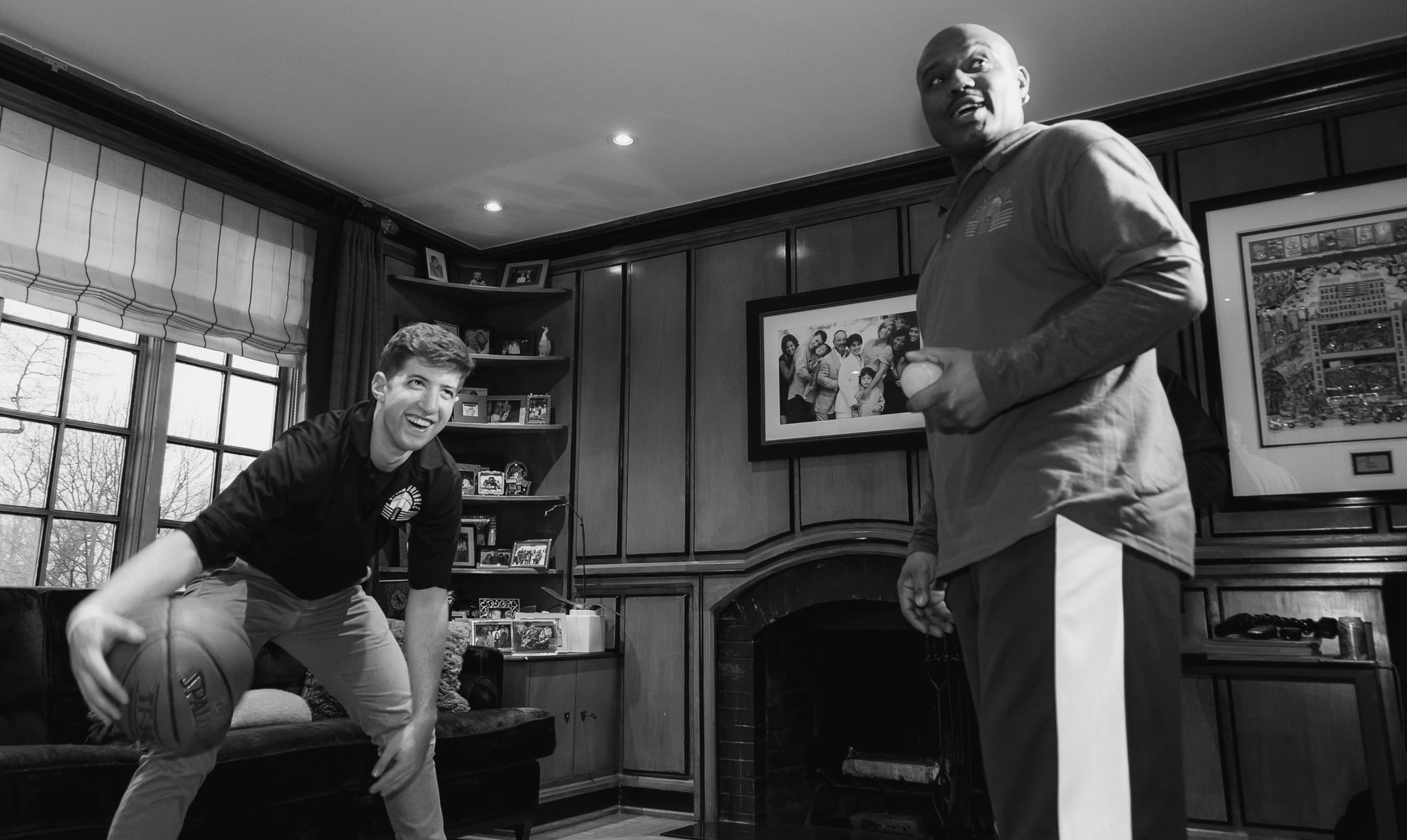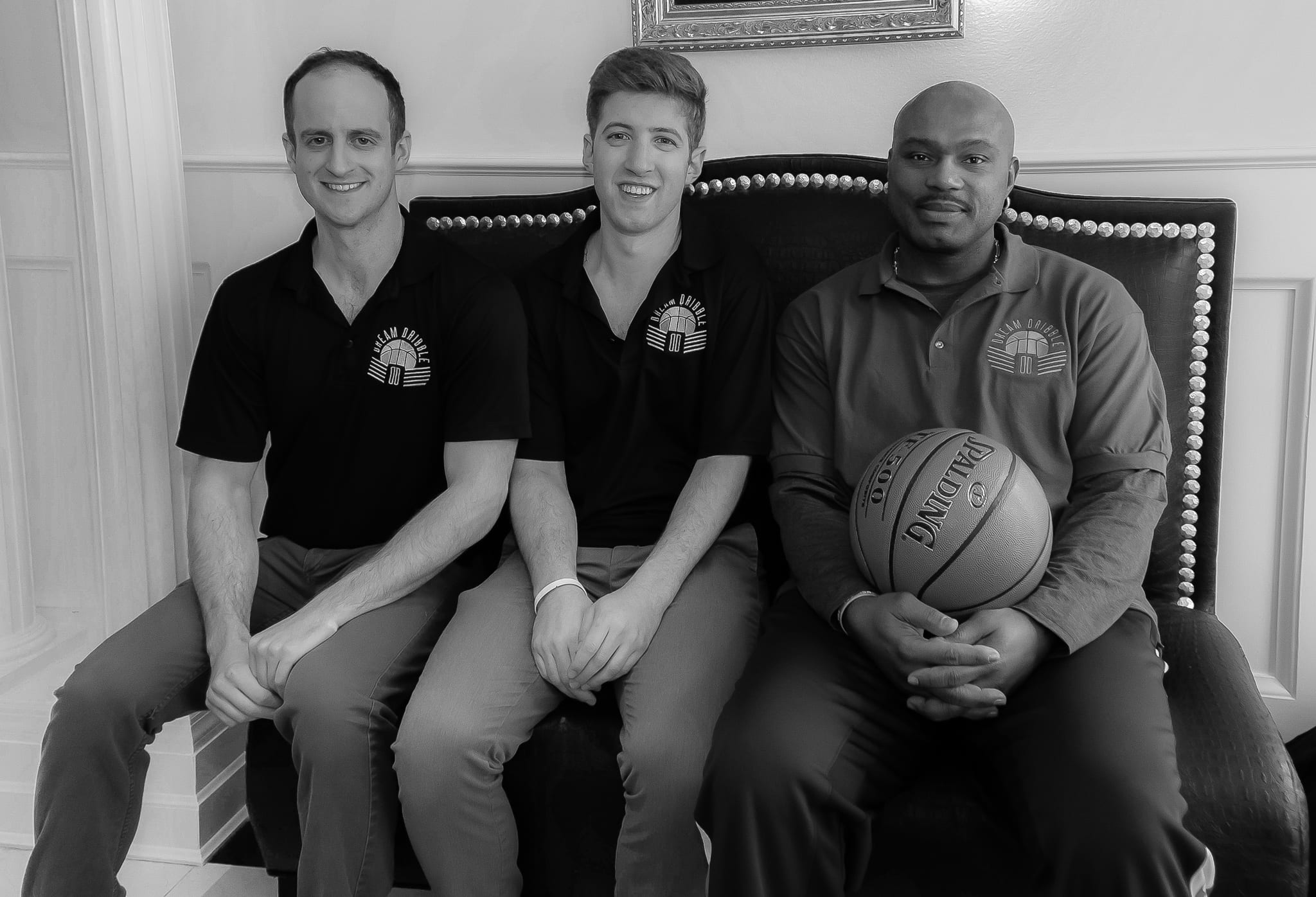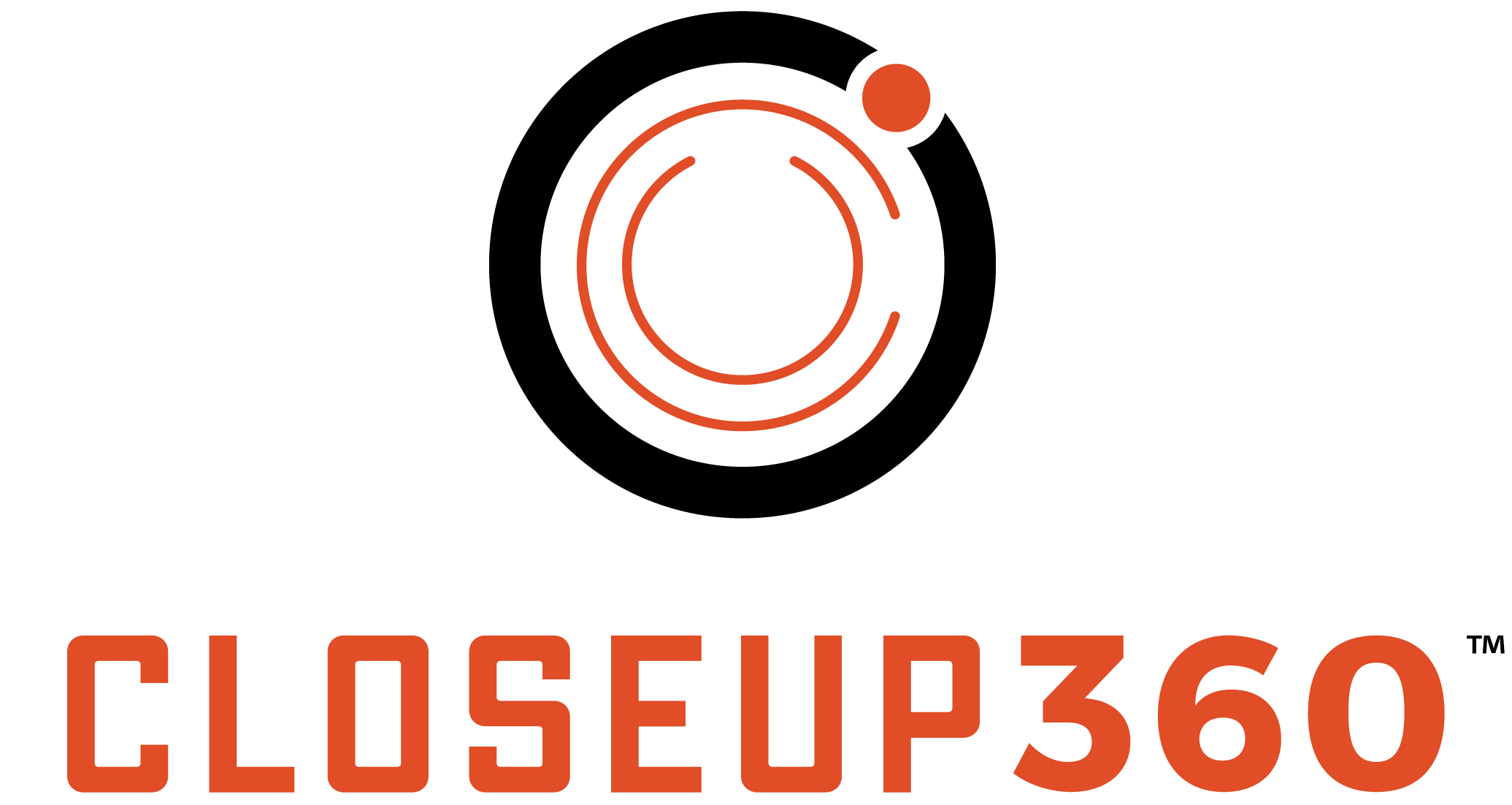
Tim Hardaway Sr. Teams Up with Dream Dribble to Change the Ball-Handling Game
‘Twas the night of Christmas, and all through Tim Hardaway Jr.’s house, Tim Sr. was cooking dinner with his family after the New York Knicks' 109-95 loss to the Milwaukee Bucks at Madison Square Garden when a phone started stirring, just like a mouse.
Except, this buzzing wasn’t coming from Tim Jr.’s phone. Instead, it was his dad’s phone that was blowing up—with texts from a person he didn’t know and a number he didn’t recognize, no less.
Hey, I want to talk to you about something, the text read.
“Normally, I’m deleting texts,” Tim Sr. tells CloseUp360. “Don’t know this guy. I don’t know the name. Don’t know nothing.”
Rather than erase the text, though, Tim replied to see what it was about. Turns out, the guy on the other end had a business proposal for Tim—one that the five-time All-Star just had to investigate.
Long before he was the NBA’s king of the “UTEP Two-Step,” Tim Hardaway was another kid dribbling around Chicago—and making a racket in the process. When day turned to night, when the bitter cold swept the Midwest in the fall and winter, when the courts were closed and he had nowhere else to play, young Tim would dribble in the basement of his family’s home. And when his parents sent him out to pick up the newspaper or milk or cigarettes, Tim would bounce the ball there and back, too, much to the chagrin of the neighborhood.
“People was, like, ‘What is he doing bouncing the ball at 7:00 a.m. in the morning or 6:30 in the morning?’” Tim recalls.
Dylan Kaufmann and Eric Braunstein faced many of those challenges—in terms of both weather and the limitations of living in a densely populated neighborhood—as kids in Long Island.
“I grew up with two sisters, my parents always yelling at me, so I had to figure out a way to dribble inside without making noise because I just wanted to get better,” Dylan says. “But living in New York comes with a lot of challenges. I can't go outside unless it's really warm outside, which is usually in the summer or late spring. Gym accessibility is not easy.”
Thanks to the wonders of modern technology, though, Dylan and Eric could study the tricks of ball-handling greats like Tim on YouTube.
“When I was trying to make my varsity team, [Tim Sr.] was the guy I would emulate how to do a crossover the right way,” Eric says. “Not carrying the ball, [but] really trying to get by the defender the right way. Practicing Tim's moves really improves your game. So I was able to become captain of my team by practicing his moves.”
After teaming up at the Hebrew Academy of the Five Towns and Rockaway (HAFTR) in Long Island, Dylan and Eric went on to Queens College, where their friendship grew. In the years after their undergraduate studies, they started running basketball skills clinics for kids at local schools. For all that superstars like Stephen Curry, Kyrie Irving and James Harden had done to popularize crossover dribbles for the next generation, these kids lacked both dribbling fundamentals and the means to correct their apparent issues.
“It's not just because we had the problem,” Dylan says. “We see other people are struggling getting better, but outside of their house, like when they come to clinics, what are they going to do when they go home? They've got to practice, they've got to get better.”
In 2015, Dylan started thinking seriously about how he could solve this recurring conundrum. He began collecting materials and considering how he could create a product that would, at once, allow kids to dribble quietly indoors and improve their ball-handling fundamentals. He enlisted Eric to help with design.
By 2016, after carefully studying the shape of a proper dribbling stance, they’d come up with the idea of a foldable, T-shaped trampoline of sorts for quiet ball-handling. But they still had to determine what to make it out of. They tested a slew of sound-dampening materials, hoping to find something durable, foldable and on which a basketball would bounce appropriately. Toward the end of 2018, following months of research and development, they finally settled on an effective build for their indoor dribbling solution.
“You never dribble straight up and down. You dribble in a bent position with your knees and your shoulders parallel to each other,” Dylan explains. “So that's why the design is the way it is because your feet are spread out. You've got space to put it between your legs and your knees, and your shoulders are always parallel to each other.”
With a working version in hand, Dylan and Eric were just about ready to take their product, which they dubbed the Dream Silencer by Dream Dribble, to market. But first, they would need a spokesperson, someone whose endorsement would lend their creation the credibility it needed to become more than a personal project.

From left to right: Eric Braunstein, Dylan Kaufmann and Tim Hardaway Sr. (Annelie Indilla)
This past Christmas Day, Dylan and Eric went to Madison Square Garden, hoping to see the Knicks hold their own against Giannis Antetokounmpo and the Bucks. Amid what turned out to be a dud for the home team, the two friends spotted Tim Hardaway Sr. on the Jumbotron. Almost immediately, it clicked: they had found the perfect endorser for the Dream Silencer.
“That’s the guy,” Dylan told Eric. “We’ve got to get that guy. Let’s go get him.”
So Dylan reached out to a family friend who happened to be an agent, got a number that was purported to be Tim’s and, after some hesitation, reached out.
“At the time, I wasn't really sure if it was Tim,” Dylan recalls, “but I was willing to take that risk and send him a text and say, ‘Hey listen, I tried to practice your UTEP Two-Step here and there. Me and my partner are coming out with a new product. Do you have some time so we can talk?’”
Over text, Dylan mentioned that he and Eric had a product that would allow for quiet dribbling indoors.
“I said, ‘Silent dribble? You can't silent dribble,’” Tim says. “What is he talking about?”
“He didn’t think we were being serious,” Dylan says.
The next day, Tim joined Dylan and Eric on a video call to get a glimpse of the Dream Silencer, but only if Tim promised to keep quiet about it.
“We showed him the device and his face lit up,” Dylan says. “He was, like, ‘Wow, this is amazing.’”
“I saw the vision of it,” Tim says. “I saw how it can actually help kids with the fundamentals of dribbling.”
A couple of weeks later, Tim was back in New York, testing out the Dream Silencer for himself.
“Man, I was really into it,” Tim says. “I was, like, ‘Man, if I had a finished basement, or if I would live in an apartment, I needed this at the house. This would've helped me out tremendously at the house. This can help kids out at the house.”
That was enough to convince Tim to not only move forward with filming a video that day to promote the Dream Silencer, but also to partner with Dylan and Eric.
“I still feel like I'm dreaming,” Dylan says. “It was crazy. The Crossover King using our product, I'm still mind blown. It was a surreal moment.”
Though the Dream Silencer is as real for Dylan and Eric as is their partnership with their childhood idol, they’re still a long way from transforming ball-handling development with their product. Slowly but surely, the group is dribbling its way towards a $40,000 fundraising goal on Kickstarter—to supplement production expenses and keep consumer costs low—with a deadline of April 23 to meet or exceed that target.
“This is not a business opportunity to get rich and then just leave it alone,” Tim insists. “This is a business opportunity to help our kids out to understand how to dribble, and how to do it the correct way and to practice away from the court properly.”
As modest an amount as that may be in the bigger picture, as the Dream Dribble team sees it, this start could go a long way towards helping kids of all ages and sizes become more effective players by tightening their handles.
“Every day, I think about [how] Tim Hardaway was six feet tall, and what he was able to do on the basketball court at his height is amazing,” Dylan says. “He was getting by guys and just getting to the rim. That's what kids should do—less shooting, more getting to the basket. If you can become a good dribbler and have a decent shot, you could make it really far.”
“You can't come out here and just do a crossover,” Tim adds. “You just can't come out here and dribble in-and-out moves and between your legs and spin moves and behind your back, and then do what Kyrie [Irving] does. You just can't do that. It takes hard work to do that. It takes a lot of dribbling to do that.
“So that's why I encourage these kids to work on their game and their fundamentals of the game to get better like those guys. If you don't get better, if you can't get better like those guys, that means you’re not working on your game.”
For Tim, Dylan and Eric, the hope is that the Dream Silencer will allow kids to put in the requisite work on their handles without waking up the neighbors—and, with more products in the works, establish Dream Dribble as a transformative force in the basketball world.
Josh Martin is the Editorial Director of CloseUp360. He previously covered the NBA for Bleacher Report and USA Today Sports Media Group, and has written for Yahoo! Sports and Complex. He is also the co-host of the Hollywood Hoops podcast. Follow him on Twitter and Instagram.

Instagram
Error: API requests are being delayed for this account. New posts will not be retrieved.
Log in as an administrator and view the Instagram Feed settings page for more details.
Twitter
Error: Could not authenticate you.
Facebook
Subscribe